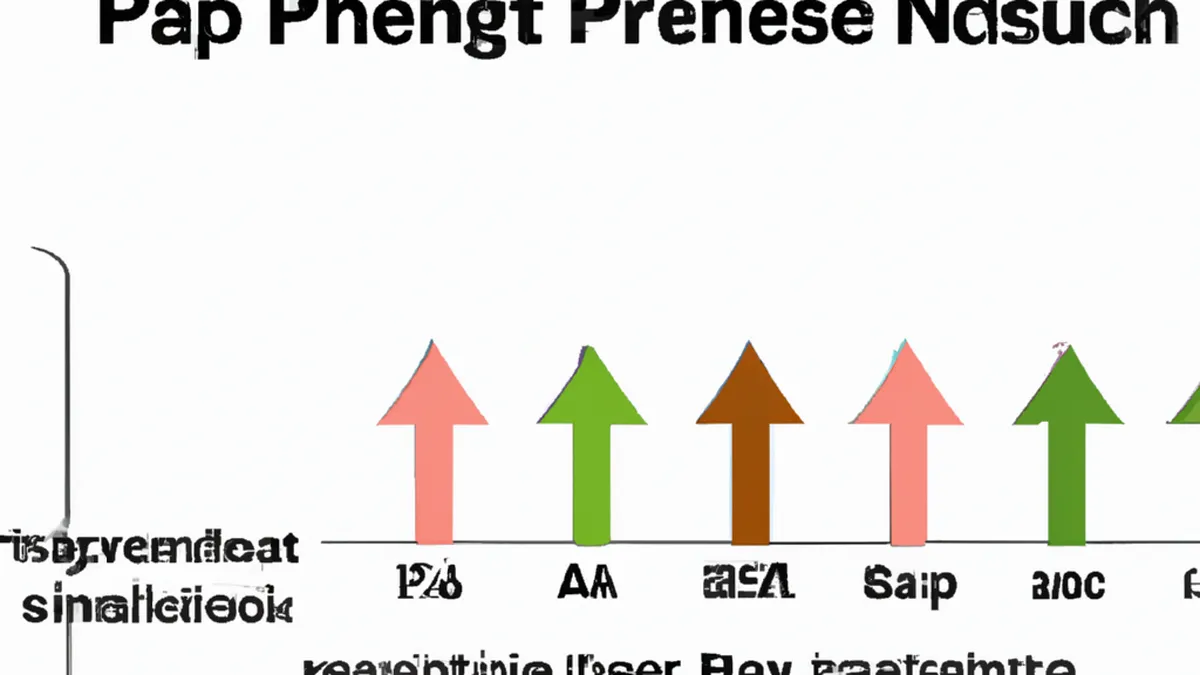Assessing PNF Stretching Benefits for Diverse Groups
Evaluating the Benefits of PNF Stretching in Different Populations
Proprioceptive Neuromuscular Facilitation (PNF) stretching enhances flexibility and range of motion through muscle stretching and contracting. Many athletes and physical therapists utilize PNF stretching, but its benefits vary by population. Understanding these variations helps tailor effective stretching programs.
Understanding PNF Stretching
PNF stretching combines passive stretching with isometric contractions. This method promotes muscle relaxation and increases flexibility. A partner or therapist often assists during stretching. Research shows PNF stretching is more effective than traditional methods, improving flexibility and muscle performance.
Key Techniques in PNF Stretching
1. **Hold-Relax Method**: Hold a stretch, contract the muscle, then relax to deepen the stretch.
2. **Contract-Relax Method**: Contract the muscle against resistance before relaxing it for greater flexibility gains.
3. **Hold-Relax with Agonist Contraction**: Contract the opposing muscle group after the initial contraction to enhance the stretch.
Evaluating Benefits by Population
Different populations experience unique benefits from PNF stretching. Understanding these differences ensures effective application.
Athletes
Athletes seek improved performance and injury prevention. PNF stretching enhances flexibility and range of motion. Better flexibility improves movement mechanics, reducing the risk of strains and sprains. Athletes also report faster recovery after intense workouts, maintaining peak performance.
Older Adults
Older adults often face decreased flexibility and muscle stiffness. PNF stretching counteracts these issues effectively. Studies show that older adults participating in PNF stretching improve overall mobility, enhancing balance and reducing fall risks. Increased flexibility also improves daily functioning and quality of life.
Rehabilitation Patients
Individuals recovering from injuries benefit greatly from PNF stretching. Physical therapists frequently incorporate this technique into rehabilitation programs. PNF stretching promotes muscle relaxation, improves mobility, and strengthens weakened muscles. Therapists can customize rehabilitation plans to meet individual needs using PNF stretching.
Tips for Effective PNF Stretching
Maximize PNF stretching benefits with the following tips:
1. **Warm Up First**: Begin with a warm-up to prepare muscles and reduce injury risk.
2. **Use a Partner or Therapist**: Collaborate with a partner to enhance effectiveness. A partner provides resistance and assists with deeper stretches.
3. **Focus on Breathing**: Use proper breathing techniques to enhance relaxation. Encourage slow, deep breaths to facilitate muscle relaxation.
4. **Listen to Your Body**: Pay attention to your body’s signals. Ease off if you feel pain; stretching should not cause discomfort.
5. **Incorporate Variety**: Use different PNF techniques to prevent boredom and challenge muscles. Varying the routine keeps the body engaged and promotes ongoing improvements.
Benefits of PNF Stretching
PNF stretching offers benefits beyond flexibility. Here are key advantages:
1. **Enhanced Strength**: PNF stretching improves muscle strength by activating and strengthening muscles through isometric contractions.
2. **Increased Range of Motion**: Regular PNF stretching significantly increases range of motion, benefiting both athletes and everyday individuals.
3. **Improved Athletic Performance**: Athletes using PNF stretching often notice improved performance metrics. Enhanced flexibility translates to better speed and agility.
4. **Reduced Muscle Soreness**: PNF stretching alleviates post-exercise muscle soreness, particularly valuable for athletes and active individuals.
5. **Promotes Recovery**: Incorporating PNF stretching into recovery routines expedites healing and restores normal muscle function after injury or intense activity.
Conclusion
Evaluating PNF stretching benefits across populations reveals its versatility and effectiveness. PNF stretching provides significant advantages for athletes and older adults alike. Understanding each group’s unique needs allows you to tailor stretching programs for optimal benefits. Thoughtful implementation of PNF techniques enhances flexibility, strength, and overall well-being.
Below are related products based on this post:
FAQ
What is PNF stretching and how does it work?
Proprioceptive Neuromuscular Facilitation (PNF) stretching is a technique that combines passive stretching with isometric contractions to enhance flexibility and range of motion. It promotes muscle relaxation and is typically performed with the assistance of a partner or therapist who helps facilitate deeper stretches.
What populations benefit the most from PNF stretching?
PNF stretching is beneficial for various populations including athletes, older adults, and rehabilitation patients. Athletes use it to improve performance and prevent injuries, older adults experience enhanced mobility and reduced fall risks, and rehabilitation patients find that it helps in recovering muscle strength and improving mobility.
What are some tips for effective PNF stretching?
To maximize the benefits of PNF stretching, it’s important to warm up first, use a partner or therapist for better resistance and support, focus on proper breathing techniques, listen to your body’s signals to avoid pain, and incorporate a variety of PNF techniques to keep your routine engaging and effective.















Post Comment